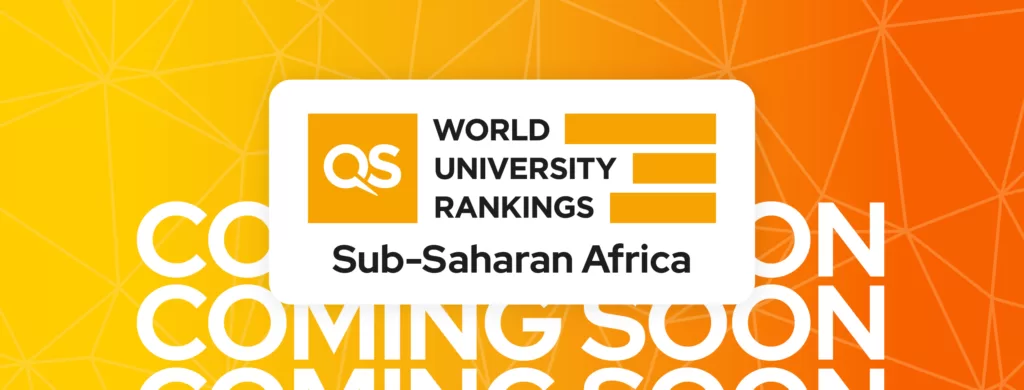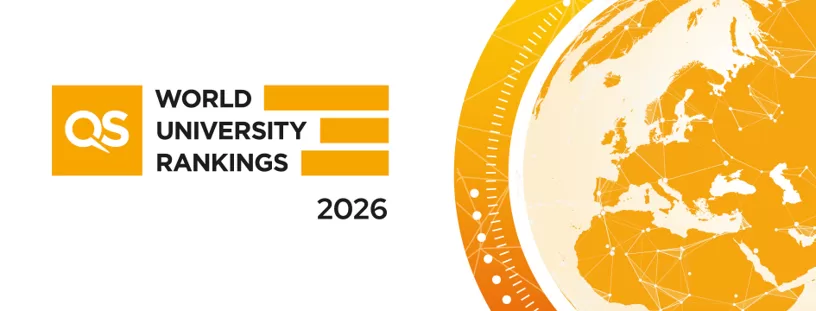
With so much data available, it’s almost impossible to track it all effectively. Universities need to ask themselves what it is that they really want to know about their students; this will then influence how best to track, capture and utilise their data. Simple details such as age, location, country of origin and field of study are fairly simple to track, however at some point some of these details may become superfluous and will be tracked simply for the sake of it. This will merely be time consuming and may not produce any useful data findings.
Being more selective in the data you choose to track will allow for clearer findings and less time spent searching for patterns in data you’re not interested in.
Using progressive forms to obtain big data
At what stage does your university capture your students’ information? Are you bombarding them with questions and forms to complete before they can access any online resources, or do you instead opt for progressive forms? These are forms that ask for new information upon a user’s subsequent visits. It allows for basic information to be captured initially and progressively more obtained the more times a user visits. For example, on initially signing up students may be asked to fill in their name, age and email address. On their second visit, the progressive form may ask the student to fill in their course of study or country of origin, collecting more information over time.
Deciding whether or not to use progressive forms will depend on how much data you intend to capture and how often users will be accessing your online resources. For resources such as online lectures that are accessed regularly, progressive forms mean that you will be able to capture more and more information about your users the more they access it, without creating overly complicated and frustrating signup forms.
Innovative applications for big data
The Open University has developed a new algorithm which, supposedly, can predict a student’s final grade within a week of them starting their course. The algorithm takes into account data about how much the new student accesses online textbooks and online forums, along with information on their social and economic background. The data collected then allows the Open University to analyse where in the course students might struggle. This technique has already been implemented in a range of courses, from engineering to healthcare.
Dartmouth College is currently trialling an app that analyses how long students spend sleeping, studying, partying and exercising in order to better advise future undergraduates on how to change their behaviour in ways that can maximise their grade potential. The app also promises to identify those who might be under stress and in danger of dropping out.
Big data and predictive analytics could change higher education
Dean Hristov, a doctoral researcher at Bournemouth University, told QS Digital Solutions that there are plenty of applications for big data beyond the traditional areas of student recruitment and improving the student experience; specifically, universities using big data to develop future-ready global talent.
“Big data and predictive analytics, I believe, can help universities identify current – and also forecast future – skills needed by the world of work on a global scale. In so doing, universities will be able to align their curricula and tailor their vocational offerings to shape the right kind of talent.” Hristov continues, “We need global talent that will be able to meet current and future industry demands. We need universities to be able to shape the right kind of talent and respond to trends linked to either undersupply or oversupply of talent and indeed, fix the global talent pipeline!”
Hristov’s implication is that universities could use big data and predictive analytics to restructure their entire institution. Instead of designing courses based on traditional subjects that have proven popular in the past, universities could actually begin to create courses to meet the future needs of the market and give graduates the skills they need to succeed in jobs that may not even exist yet.
Let us know your thoughts on Twitter on how big data could impact higher education:




